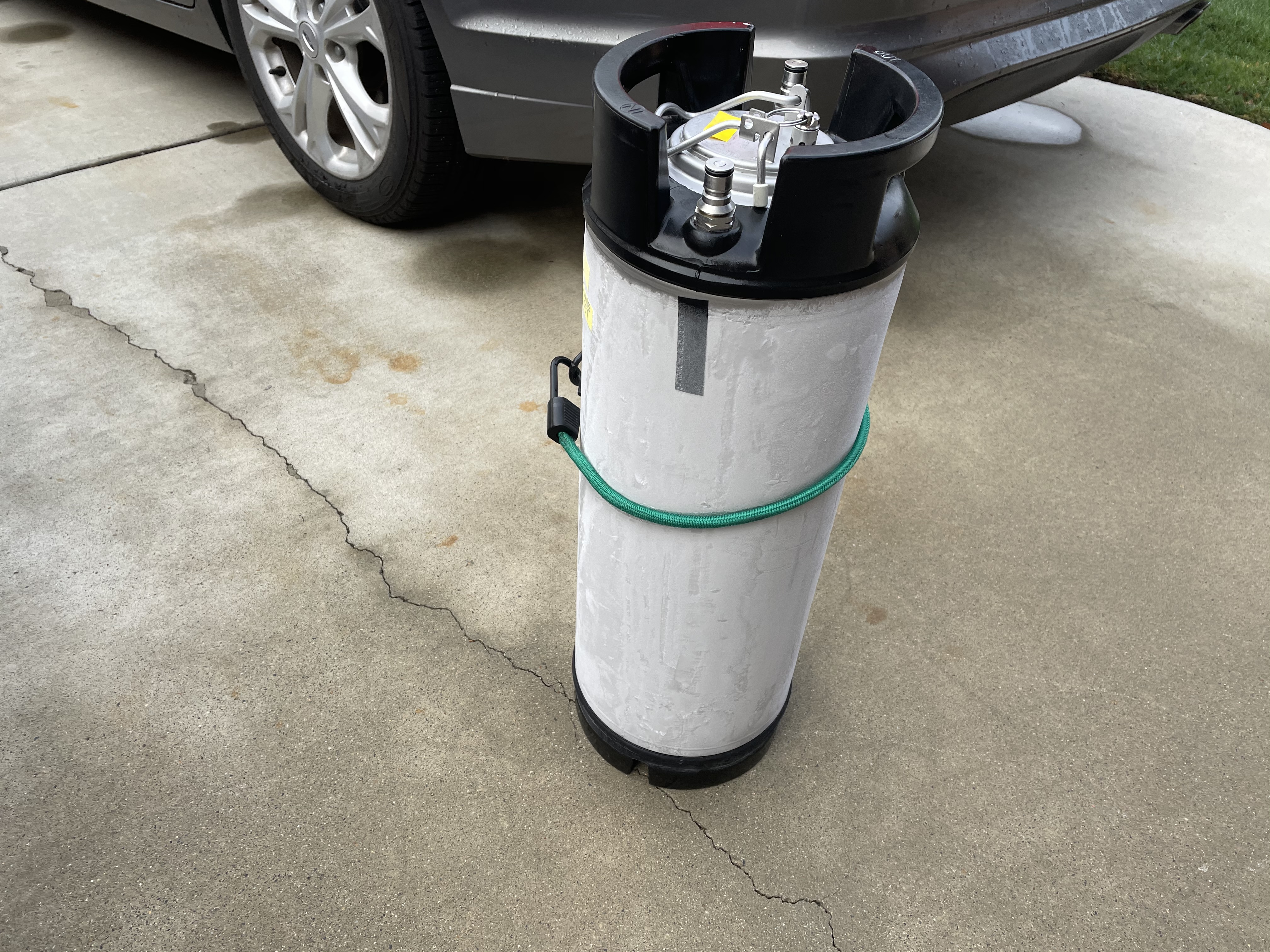Brews and Blues
Well-Known Member
A common item I see on this forum is temperature control and the improvements it makes on the final product. Things have been confusing me with this item a bit.
1 - we are talking about the temperature of the fermenting wort and not the room temperature correct?
2 - what is more important, having a constant temperature or just keeping the temp in a certain range?
3 - I know that when the yeast begins working, the temperature can rise almost 5 degrees. So is the goal to counteract that rise in temp that naturally occurs to keep the beer at a constant temp?
I guess what i am getting at is that if my basement where i keep my fermenting wort is around 62 degrees, how much thought and time should i invest in temperature control since this seems to be right where you want fermentation to occur in most styles? Even a 4-5 degree rise in temperature due to fermentation keeps it right in the range. OR, does that fluctuation cause some off flavors?
1 - we are talking about the temperature of the fermenting wort and not the room temperature correct?
2 - what is more important, having a constant temperature or just keeping the temp in a certain range?
3 - I know that when the yeast begins working, the temperature can rise almost 5 degrees. So is the goal to counteract that rise in temp that naturally occurs to keep the beer at a constant temp?
I guess what i am getting at is that if my basement where i keep my fermenting wort is around 62 degrees, how much thought and time should i invest in temperature control since this seems to be right where you want fermentation to occur in most styles? Even a 4-5 degree rise in temperature due to fermentation keeps it right in the range. OR, does that fluctuation cause some off flavors?














































![Craft A Brew - Safale BE-256 Yeast - Fermentis - Belgian Ale Dry Yeast - For Belgian & Strong Ales - Ingredients for Home Brewing - Beer Making Supplies - [3 Pack]](https://m.media-amazon.com/images/I/51bcKEwQmWL._SL500_.jpg)











